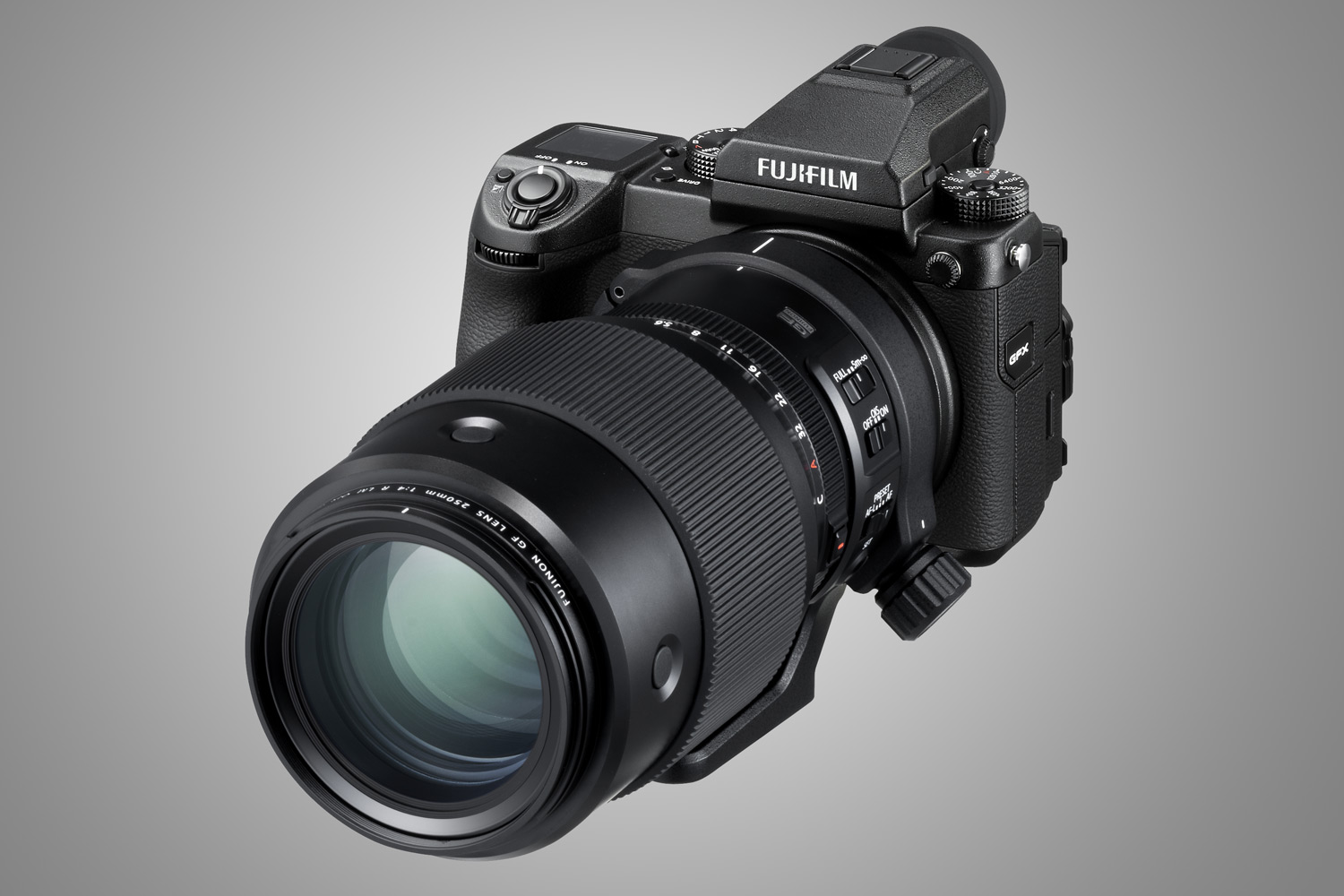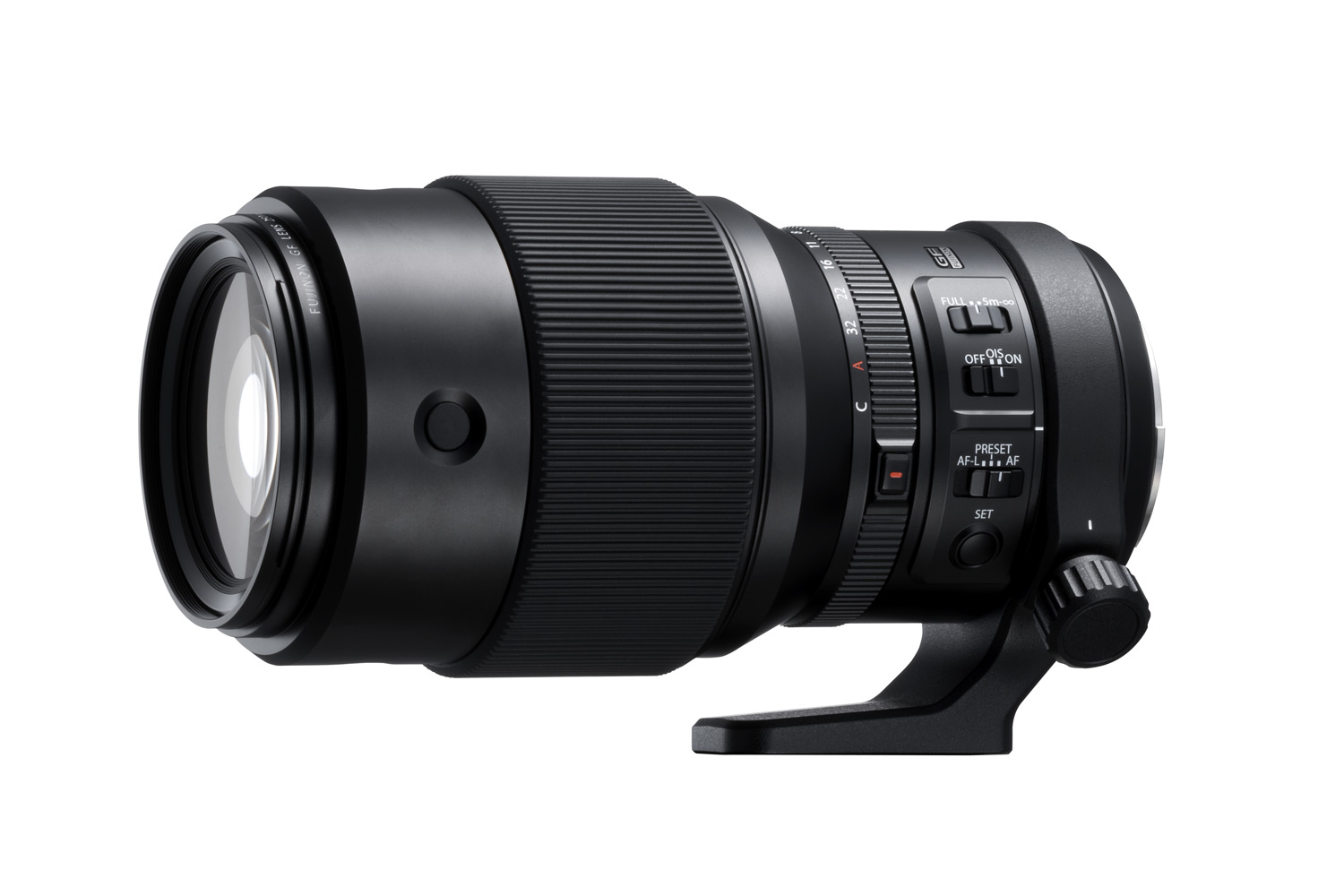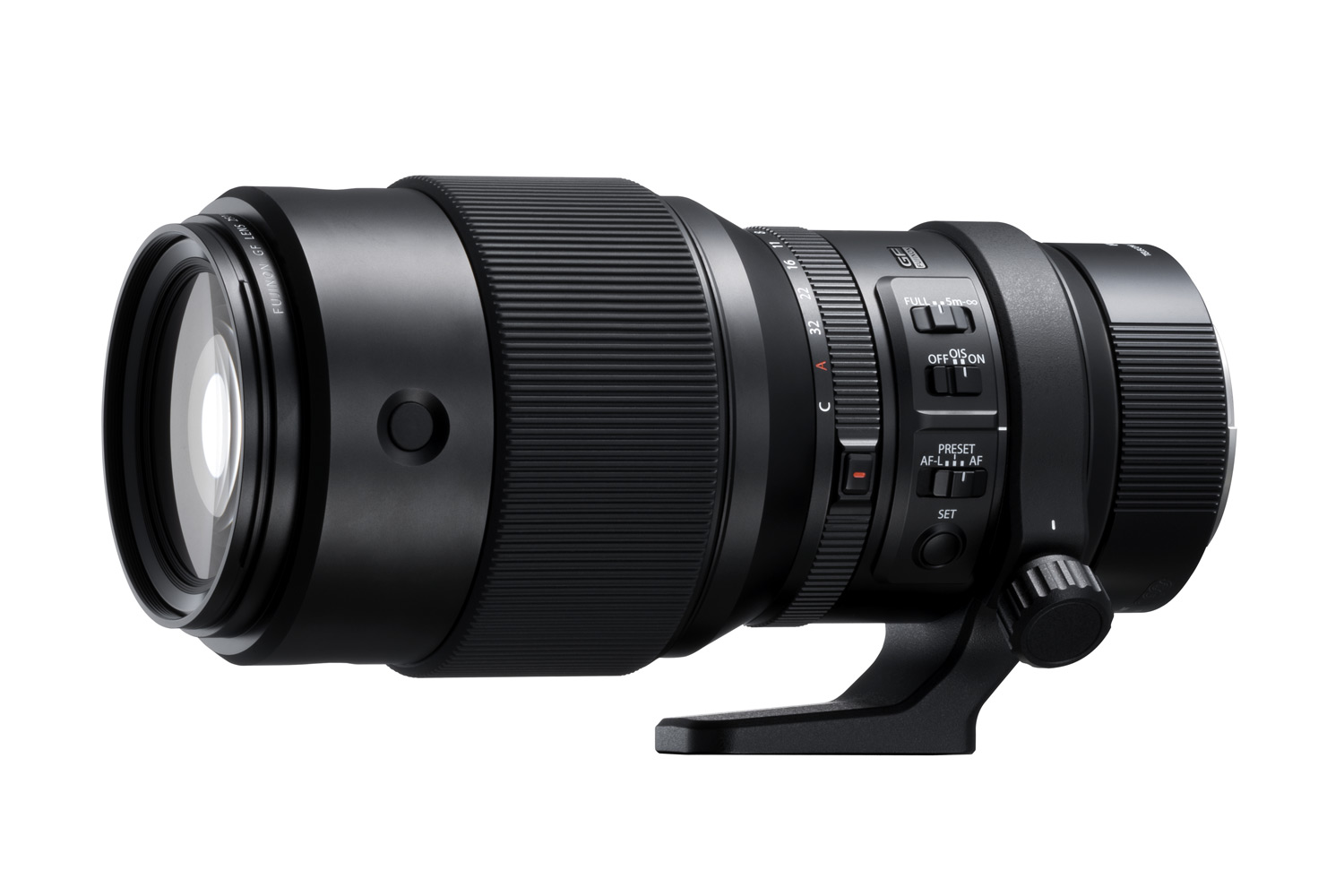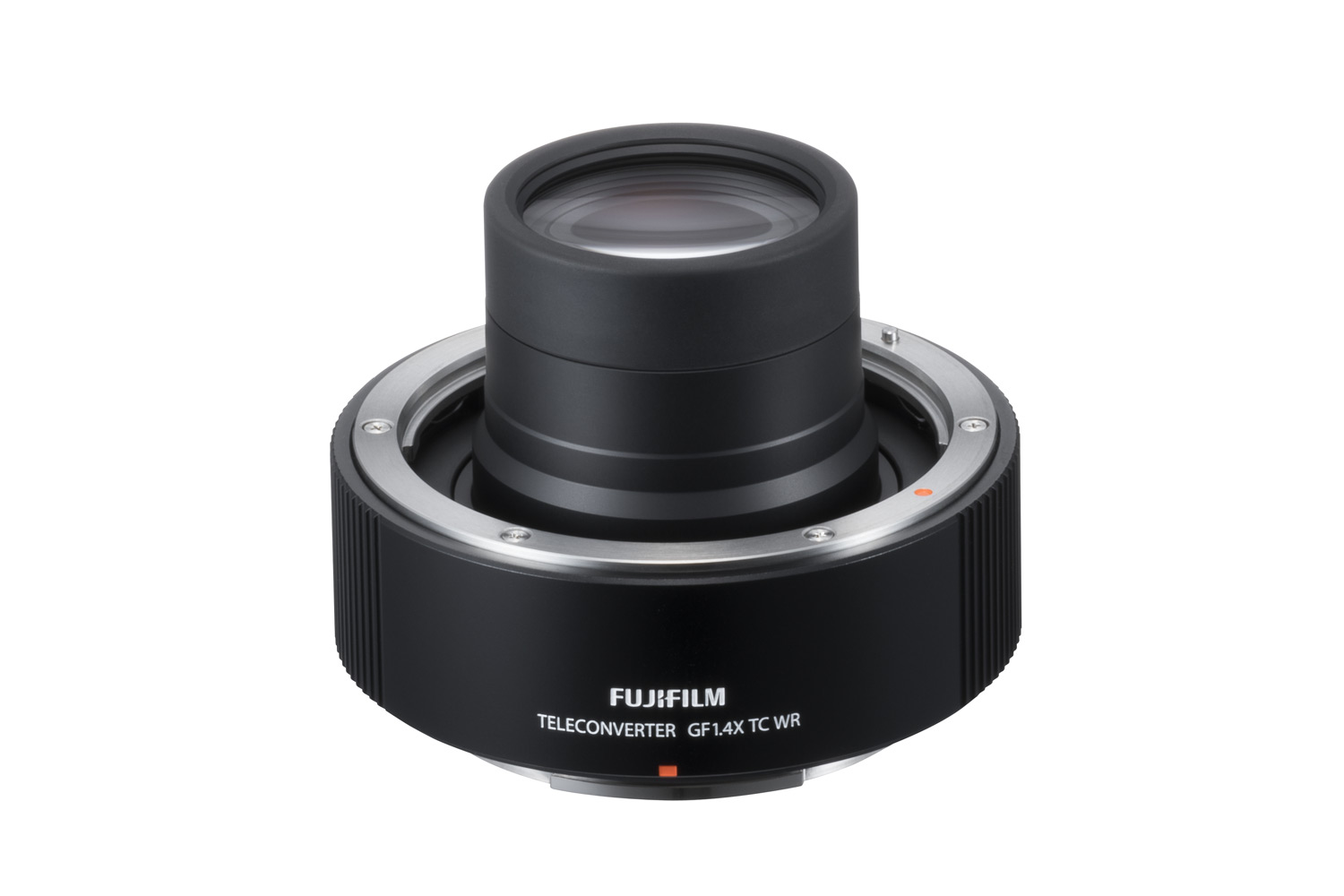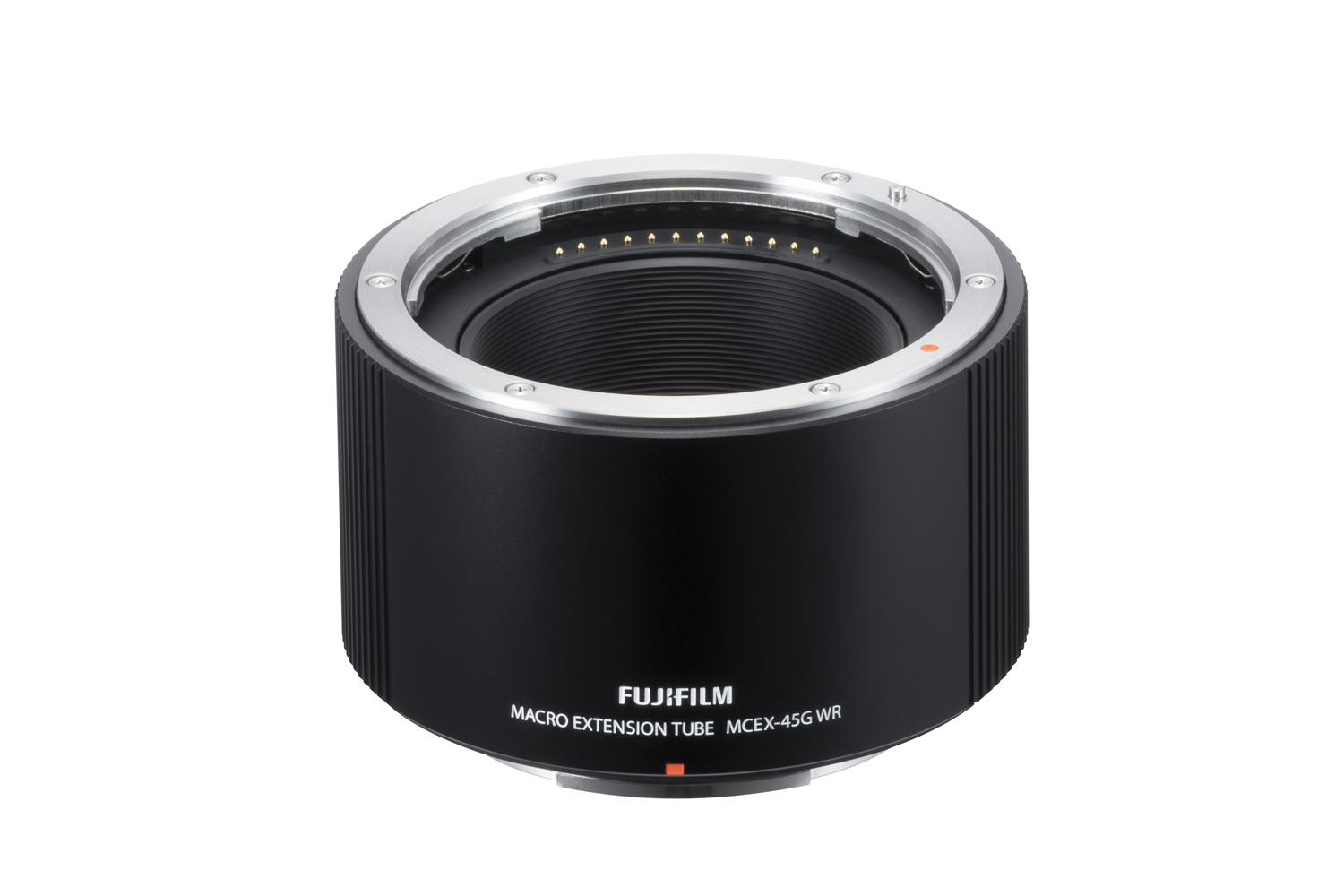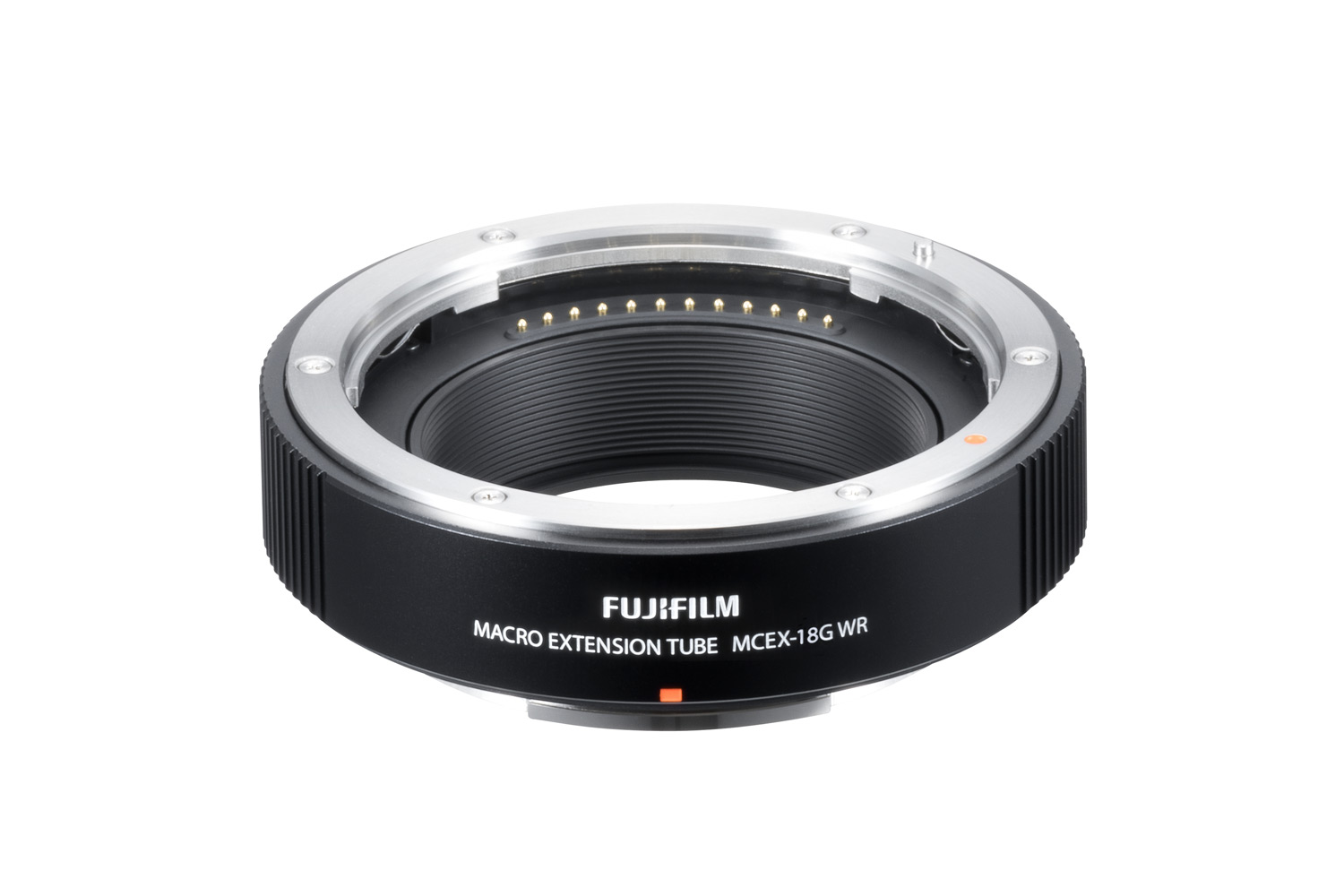In what has become a recurring theme for the company, Fujifilm announced a new round of firmware updates for several of its mirrorless cameras that breathe new life into existing models. The X-H1, X-T2, X-Pro2, X-E3, and X100F APS-C cameras will all receive updated firmware, as will the medium format GFX-50s. Fujifilm also announced a new 240mm F4 lens ($3,300) for the GFX, the longest yet for the system.
Perhaps the most impressive update comes to the X-T2, a camera going on two years old. It will receive two major updates to its video shooting abilities: Internal F-Log recording and a 1080p/120 frames per second mode — both features trickling down from the costlier, video-focused X-H1. Previously, the X-T2 could shoot F-Log via external HDMI recording only. F-Log is Fujifilm’s take on a logarithmic tone curve, preserving more dynamic range in video mode.
Both the X-T2 and X-H1 will also gain compatibility with Fujifilm’s X-mount cinema lenses, the MKX 18-55mm T2.9 and 50-135mm T2.9 zooms. Both lenses were originally released in Sony E mount.
A bit surprisingly, the Eterna film simulation mode — announced with the X-H1 and patterned off of Fujifilm’s Eterna motion picture film — did not make its way into the X-T2 firmware update. This is a feature X-T2 users have been hoping for, and while it would seem like one of the easier things to integrate, it looks like Fujifilm will be leaving it as an X-H1 exclusive for now.
All four APS-C cameras receiving updates will gain a new ability to customize where information is displayed within the viewfinder or monitor. The X-Pro2, X-T2, and X-H1 will also receive “enhanced phase detection” autofocus for “improved performance in various environments,” according to Fujifilm. The X-T2 and X-Pro2 will also inherit the flicker reduction mode introduced in the X-H1, which prevents fluorescent lights from causing uneven exposures.
GFX 50S users have several things to look forward to in addition to a new lens. Fujifilm also launched a 1.4X teleconverter ($850) specifically built for the new lens, and 18mm and 45mm extension tubes ($340 and $410, respectively). These accessories increase the telephoto reach and macro capabilities of the GFX system. All three will all be available in late May along with the 240mm lens itself.
The GFX will also get flicker reduction mode and information display customization via new firmware. All firmware updates are slated to be available in May, with the exception of the X-E3 update, which should arrive by the end of April.
